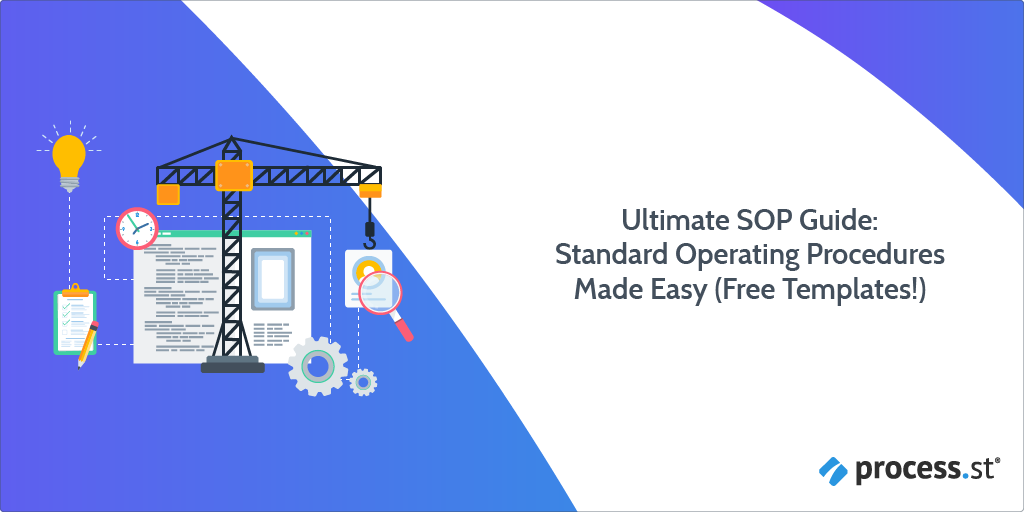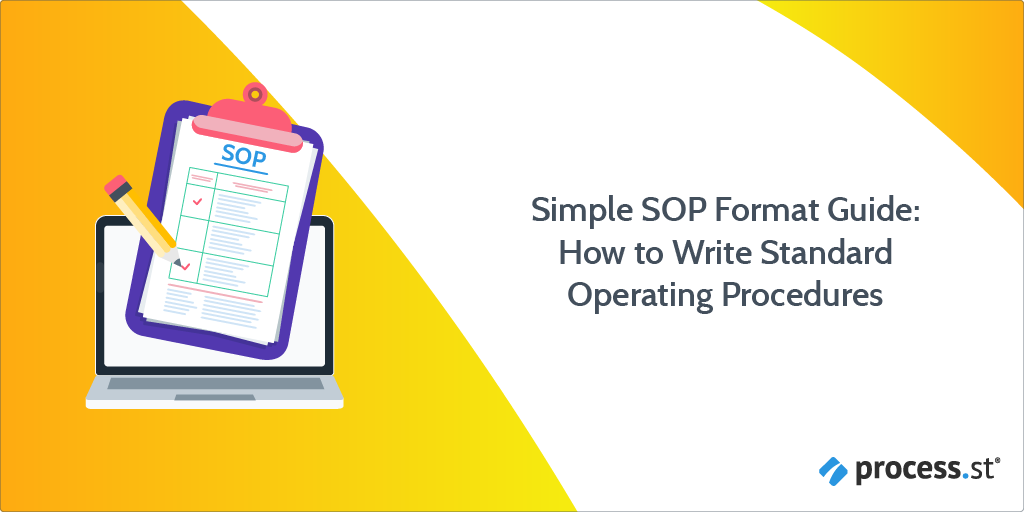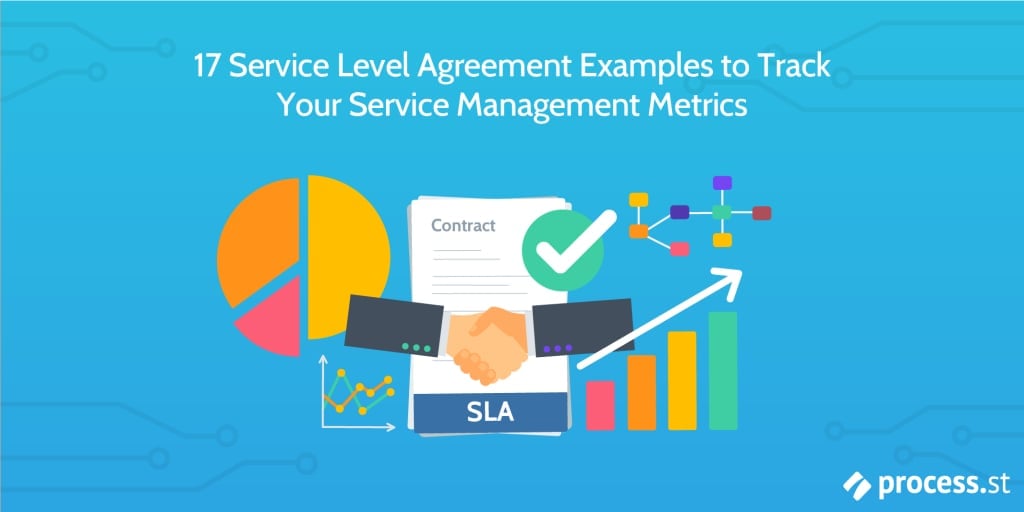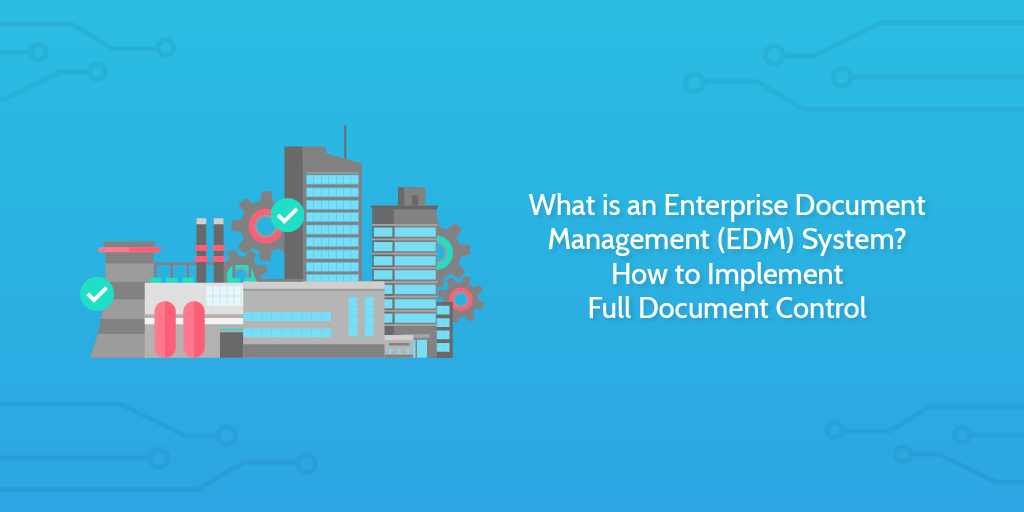
Without documentation, software is just a black box. And black boxes aren’t anywhere near as useful as they could be because their inner workings are hidden from those who need them in the open.
Software documentation turns your software into a glass box by explaining to users and developers how it operates or is used.
You’ve probably seen documentation before, but if you need a refresher, here’s an example from Slack‘s API:
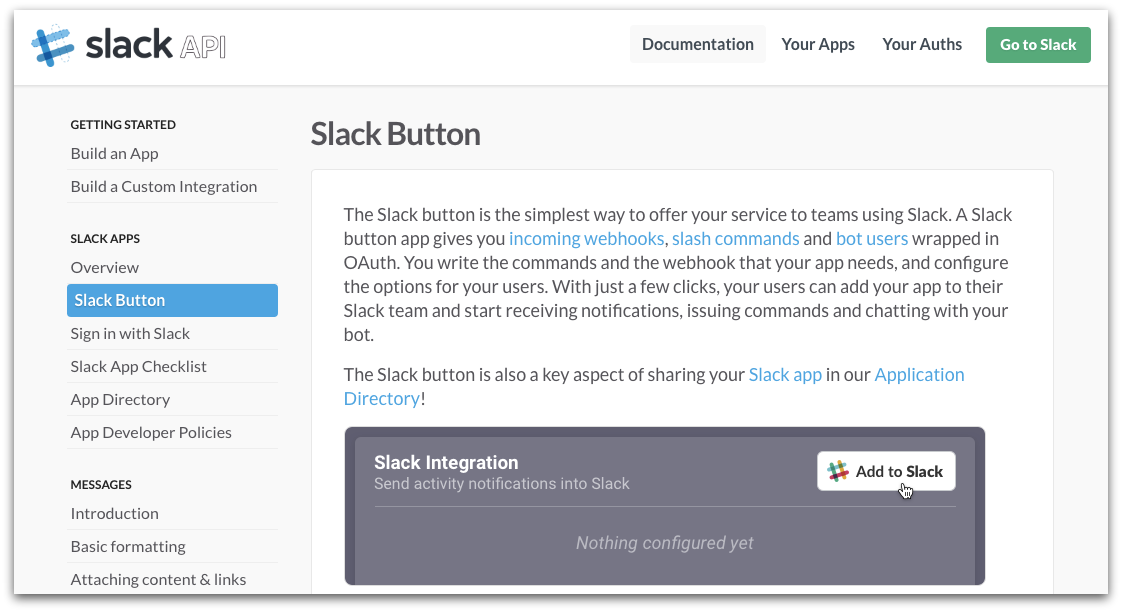
As you can see, Slack explains everything about its API in excruciating detail. Any related pages are linked, there’s a sidebar with easy-to-access topics, and screenshots of what the user can expect to see.
To explain software documentation in more detail, we will cover the following topics in this Process Street post:
- What is software documentation?
- Software documentation hosting options
- Writing tools for software documentation
- Final words on software documentation
Let’s get started.







 Workflows
Workflows Forms
Forms Data Sets
Data Sets Pages
Pages Process AI
Process AI Automations
Automations Analytics
Analytics Apps
Apps Integrations
Integrations
 Property management
Property management
 Human resources
Human resources
 Customer management
Customer management
 Information technology
Information technology




